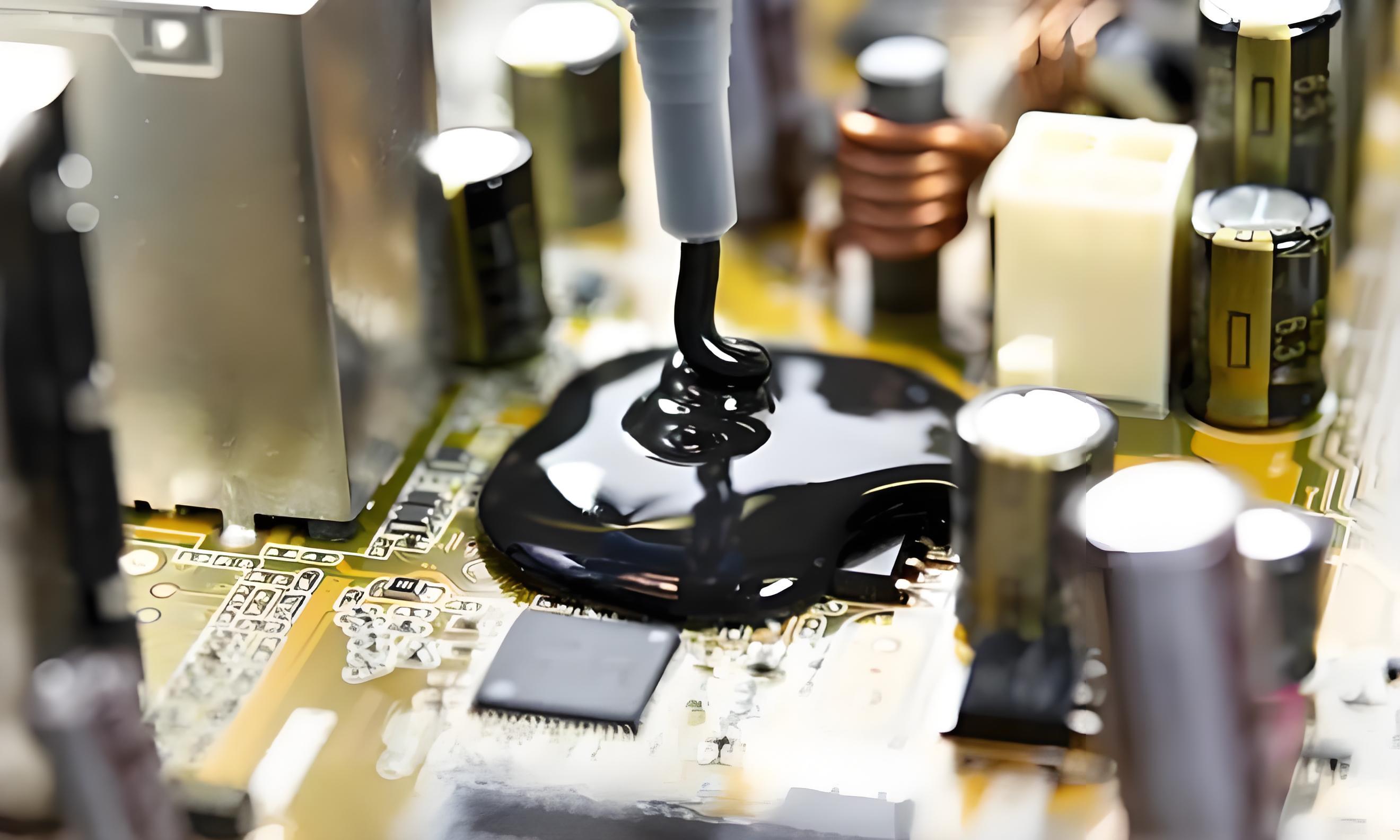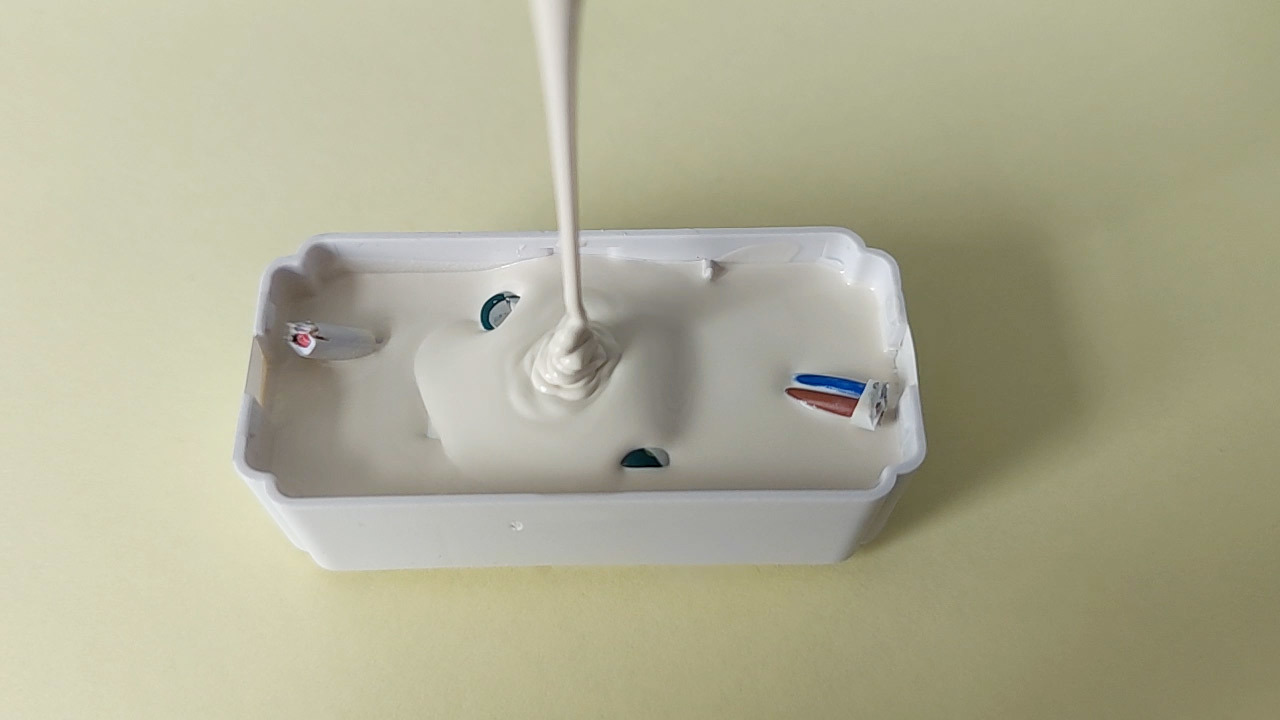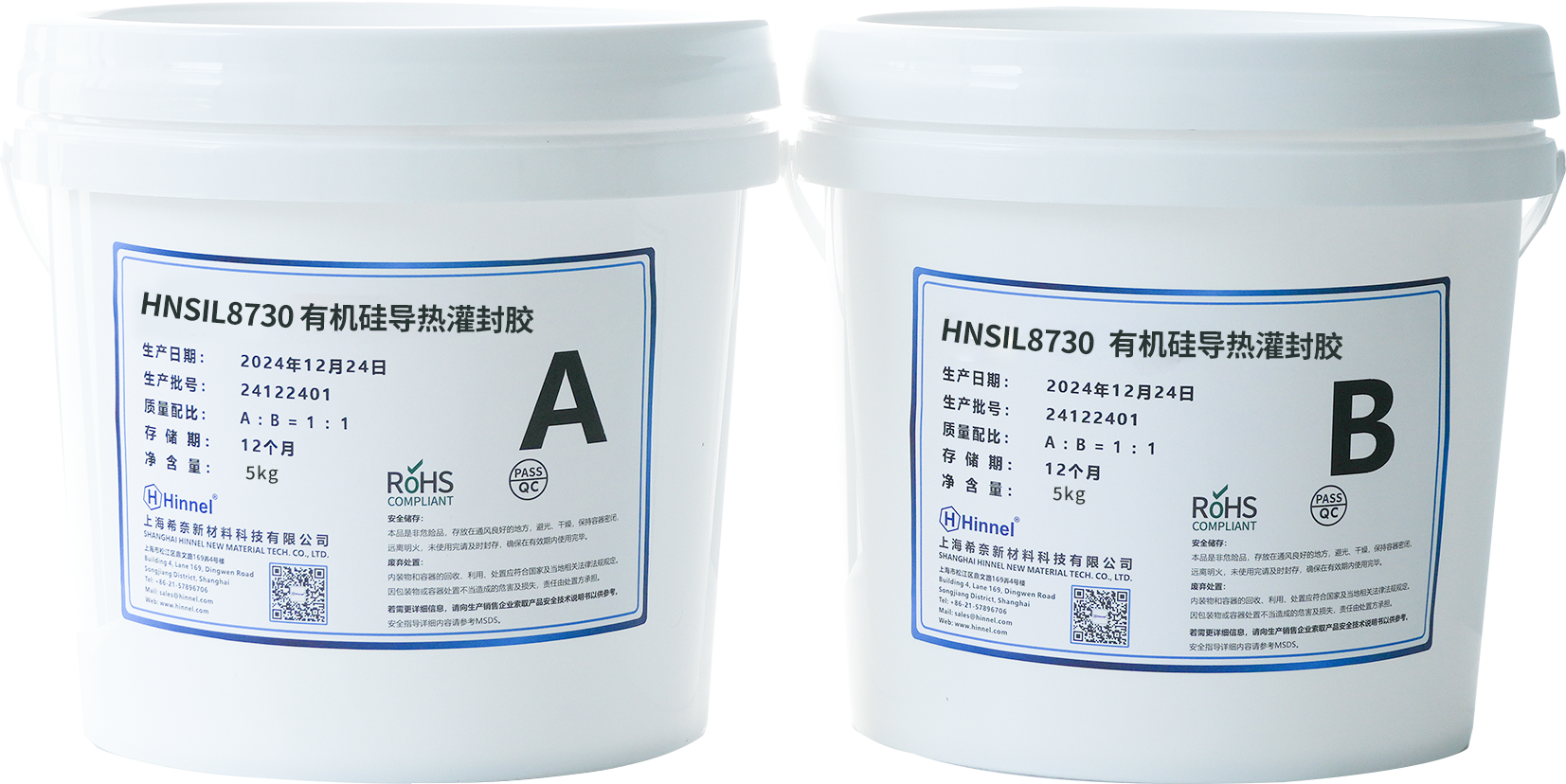Silicone potting compound helps reactor potting protection
In the field of power electronics, the stable operation of reactors is crucial. To improve their operational efficiency and safety, silicone potting compounds have become an indispensable key material. Next, we will delve into how silicone potting compounds contribute to reactor potting protection.
Shanghai Hinnel
2025/08/19

As a high-performance insulation material, silicone potting compound is known for its excellent high-temperature resistance, anti-aging properties, and resistance to moisture penetration. The application of this material in the potting process can not only enhance the structural stability of the reactor but also effectively improve its electrical performance and service life.
Thermally Conductive Silicone Potting Compound What is the role of thermally conductive silicone potting compound in the key parts of the reactor?
Coil winding area
The reactor coil generates Joule heat when current passes through it during operation, and the heat needs to be quickly dissipated through the potting compound.
Function: The high thermal conductivity of silicone potting compound (thermal conductivity is usually 0.6–3.5W/(m·K) ) can effectively reduce the winding temperature, and its excellent electrical insulation can prevent inter-turn short circuits ; it can also buffer the mechanical stress of electromagnetic vibration on the coil.
Contact interface between the core and the coil
The gap between the core material (such as silicon steel sheet or ferrite) and the coil easily forms thermal resistance, which affects heat dissipation efficiency.
Function: The potting compound can fill tiny gaps, establish an efficient heat conduction path, and ensure that heat is transferred from the coil to the core and the shell.

High-voltage terminals and connection points
The high-voltage terminals of the reactor are exposed, which poses a risk of creepage.
Function: After the potting compound wraps the terminals, it forms an insulating barrier, blocking leakage or arcing caused by moisture and dust, which can improve withstand voltage safety.
Overall module encapsulation
For reactor modules in outdoor or high-humidity scenarios, overall potting is required to achieve IP67 level of waterproof and moisture-proof
Function: After the silicone material is cured, it adheres to the shell, blocking moisture from entering the internal components and avoiding insulation degradation. Extends the service life of the product.

Hinnel Silicone potting compound Product characteristics:
- Excellent thermal conductivity and flame retardancy
- Thermal conductivity covers 0.6~3.5 W/m.k
- Reduces stress and tension caused by mechanical, thermal shock and vibration
- Excellent resistance to high and low temperatures, can be used in -50~250℃ Maintain elasticity
In summary, the breakthroughs and applications of silicone potting compounds in the field of reactor potting protection have brought important guarantees for the operational safety and performance improvement of power electronic equipment. The promotion and application of this technology will help promote the continuous development of the power electronics industry. Hope the above analysis is helpful to you! If you have more questions and needs, please feel free to contact us!
° Send an email to sales@hinnel.com Email ;
° Call technical support +86-18301723907 Consult.
Note: Some pictures are from the Internet, please contact us to delete if there is any infringement
> Recommend reading
The secret behind thermally conductive potting compounds: The unsung heroes of electronic cooling?
Shanghai Hinnel
2025/09/29










